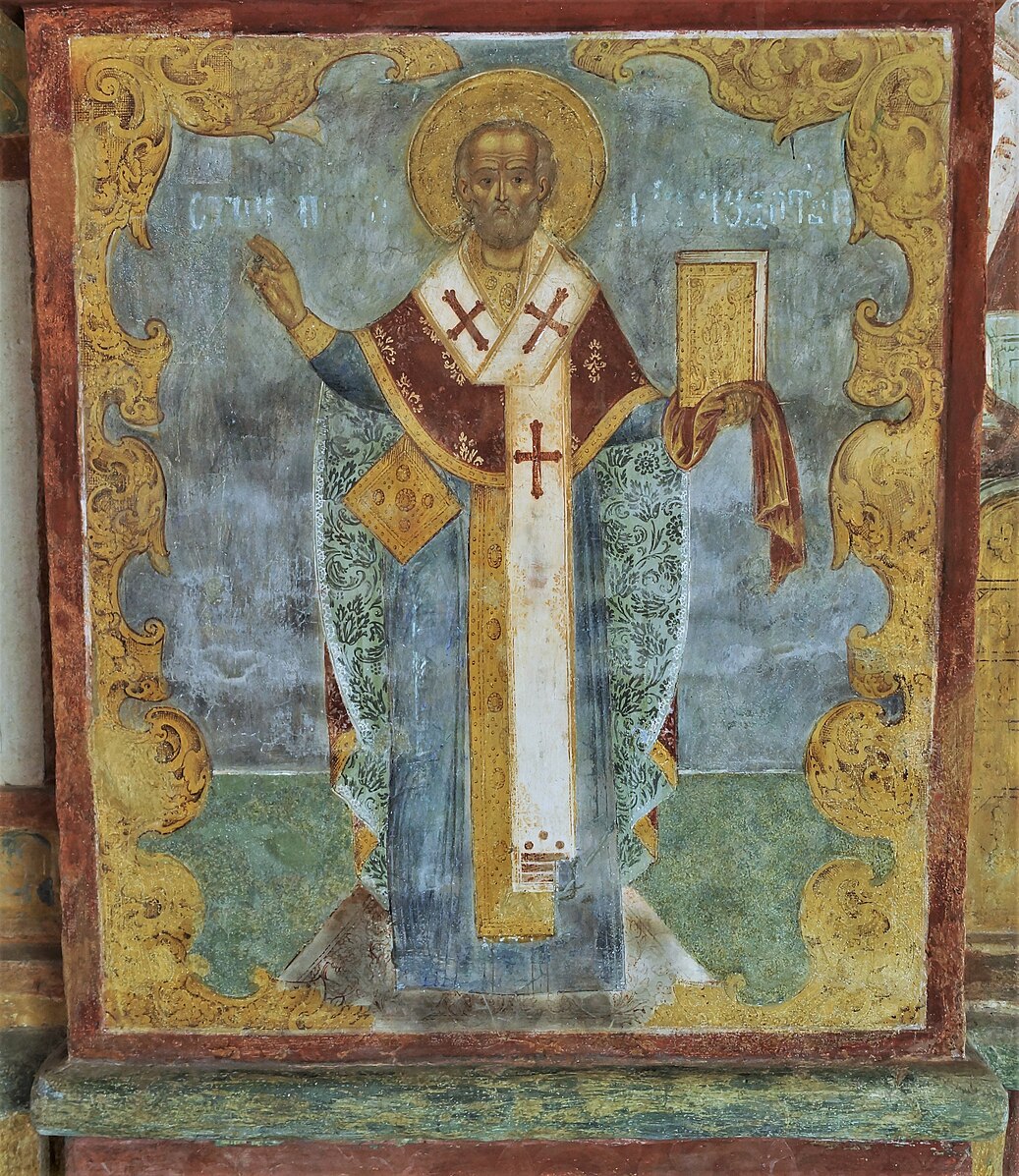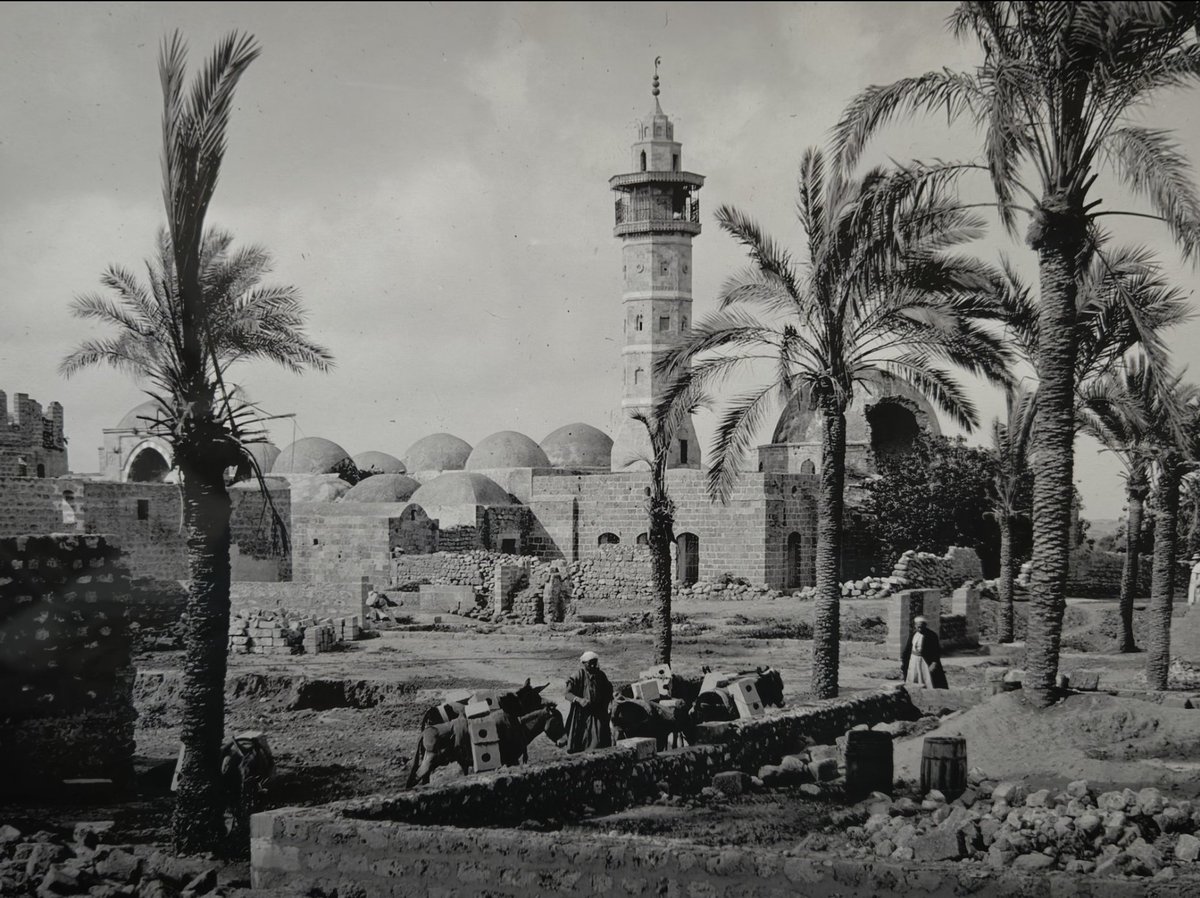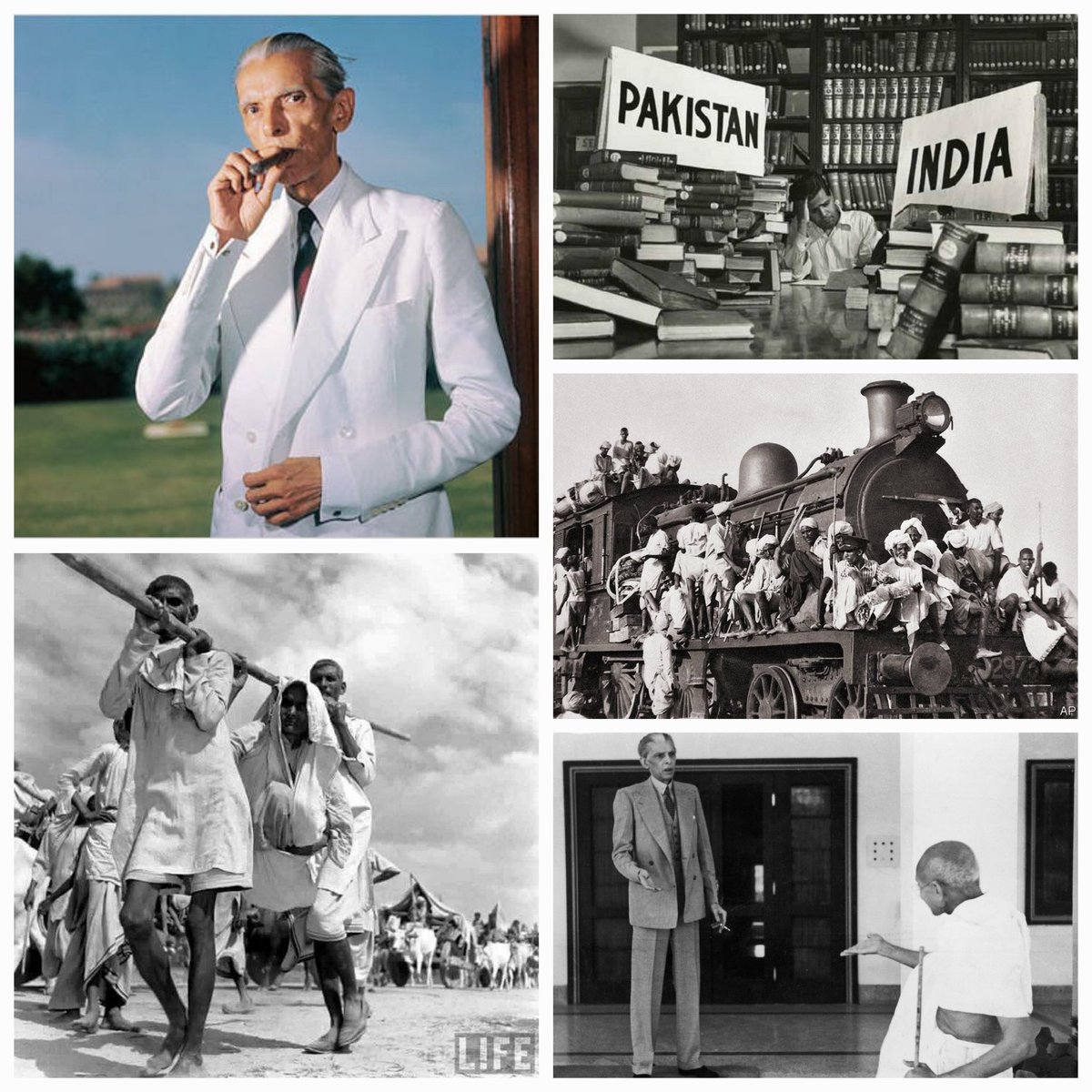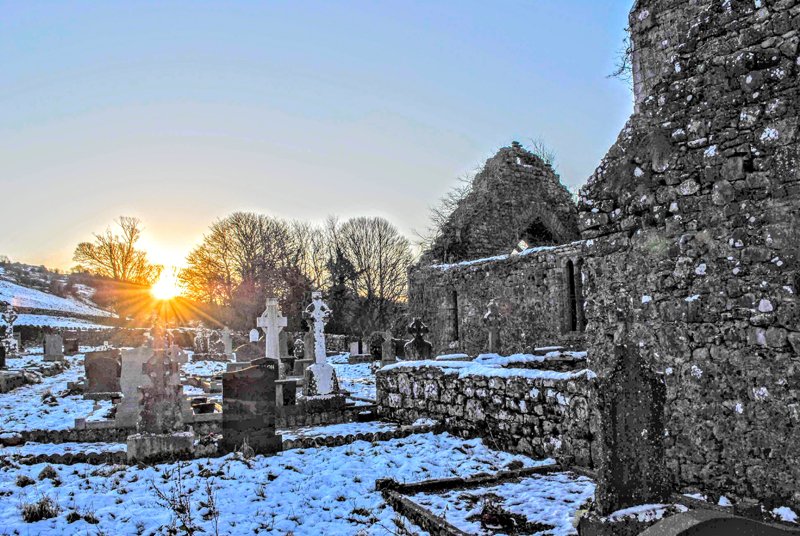
Scottish historian & art historian; @EmpirePodUK podcaster & Jaipur Lit Fest co-director. 2024 Visiting Fellow at All Souls, Oxford. Writes the occasional book.
20 subscribers
How to get URL link on X (Twitter) App


 Long before Coca Cola advertising gave him a nice red and white hat, Father Christmas was actually a real Byzantine saint- St Nicholas, Bishop of Myra or ‘Santa Claus’ in Dutch. He was renowned for his generosity and gift giving.
Long before Coca Cola advertising gave him a nice red and white hat, Father Christmas was actually a real Byzantine saint- St Nicholas, Bishop of Myra or ‘Santa Claus’ in Dutch. He was renowned for his generosity and gift giving. 



 Part One-
Part One-


 How did neighbouring Arab nations respond to the displacement of Palestinians in 1948? Why was the future Egyptian prime minister, General Nasser, stationed in Gaza in 1948? Did Jordanian Arab Legion collude with Ben Gurion?
How did neighbouring Arab nations respond to the displacement of Palestinians in 1948? Why was the future Egyptian prime minister, General Nasser, stationed in Gaza in 1948? Did Jordanian Arab Legion collude with Ben Gurion?

https://twitter.com/DalrympleWill/status/1976911910676447335
 The story of Gaza during the Ottoman period is one of the most controversial eras of its history. The early Zionists maintained that Palestine was an almost empty desert, a lost paradise ripe to be saved from the nomads & 'savages' who had wrecked it, "a land without a people for a people without a land."
The story of Gaza during the Ottoman period is one of the most controversial eras of its history. The early Zionists maintained that Palestine was an almost empty desert, a lost paradise ripe to be saved from the nomads & 'savages' who had wrecked it, "a land without a people for a people without a land."

https://twitter.com/EmpirePodUK/status/1976241050898604203


 This largely forgotten World War One campaign that did far more than Lawrence of Arabia to defeat the Ottoman army on Palestine... but the promise of freedom for the Arabs was shortlived...
This largely forgotten World War One campaign that did far more than Lawrence of Arabia to defeat the Ottoman army on Palestine... but the promise of freedom for the Arabs was shortlived... 



 Part One: Jinnah, Ruttie & the Idea of Pakistan
Part One: Jinnah, Ruttie & the Idea of Pakistan

 They recorded the vast stores of incense and spices which the merchants of Gaza had brought overland by camel caravan from southern Arabia.
They recorded the vast stores of incense and spices which the merchants of Gaza had brought overland by camel caravan from southern Arabia. 

 The Church of St. Porphyrius, which was first built in 425 AD, is the last survivor from this world. It still, just, survives though the Israelis shelled its outbuildings last year. 450 Palestinians, mainly Palestinian Christians, were sheltering there. Eighteen were killed.
The Church of St. Porphyrius, which was first built in 425 AD, is the last survivor from this world. It still, just, survives though the Israelis shelled its outbuildings last year. 450 Palestinians, mainly Palestinian Christians, were sheltering there. Eighteen were killed. 


 bylinetimes.com/2025/06/16/the…
bylinetimes.com/2025/06/16/the…

 2. The Eternal Shiva- Sadashiva
2. The Eternal Shiva- Sadashiva

 Ireland is the only country in Western Europe that has experienced being colonised in the modern era. It was used by England as a laboratory for imperialism, and was the site of bloody colonial wars for centuries, yet many people in the neighbouring United Kingdom have little understanding of Ireland’s history.
Ireland is the only country in Western Europe that has experienced being colonised in the modern era. It was used by England as a laboratory for imperialism, and was the site of bloody colonial wars for centuries, yet many people in the neighbouring United Kingdom have little understanding of Ireland’s history.



 Avi Shlaim: "My mother regarded Zionism as an Ashkenazi thing. She thought it was nothing to do with us. Most of us were very happy in Baghdad."
Avi Shlaim: "My mother regarded Zionism as an Ashkenazi thing. She thought it was nothing to do with us. Most of us were very happy in Baghdad." 


 The Emperor Jahangir was a true connoisseur of beauty. His reign witnessed a flourishing of art, particularly through his patronage of workshops of brilliant artists who between them created a series of extraordinary masterpieces.
The Emperor Jahangir was a true connoisseur of beauty. His reign witnessed a flourishing of art, particularly through his patronage of workshops of brilliant artists who between them created a series of extraordinary masterpieces. 

 The Chinese called this city state Funan – the Indians, Vyadhapura. We do not know what it was called by its own inhabitants. A Chinese court envoy who came to Funan in the third century ce left the first eyewitness portrait of this nascent trading world. ‘This place is famous for precious rarities from afar,’ wrote the Chinese Xue Zong in the third century ce: ‘pearls, incense, elephant tusks, rhinoceros’ horn, tortoise shell, coral, lapis lazuli, parrots, kingfishers, peacocks, rare and abundant treasures enough to satisfy all desires.’
The Chinese called this city state Funan – the Indians, Vyadhapura. We do not know what it was called by its own inhabitants. A Chinese court envoy who came to Funan in the third century ce left the first eyewitness portrait of this nascent trading world. ‘This place is famous for precious rarities from afar,’ wrote the Chinese Xue Zong in the third century ce: ‘pearls, incense, elephant tusks, rhinoceros’ horn, tortoise shell, coral, lapis lazuli, parrots, kingfishers, peacocks, rare and abundant treasures enough to satisfy all desires.’

 The East India Company realised that if it was to trade successfully with the Mughals, it would need both partners and permissions. This meant establishing a relationship with the Mughal Emperor himself.
The East India Company realised that if it was to trade successfully with the Mughals, it would need both partners and permissions. This meant establishing a relationship with the Mughal Emperor himself. 

 Featured in every Nativity scene in school plays, churches, and art around the world, the Three Wise Men are key characters in the Christmas story. But they are actually only mentioned once in the Bible, appearing in Matthew’s gospel. He describes them not as Kings, not as generalised Wise Men, but specifically as Magi.
Featured in every Nativity scene in school plays, churches, and art around the world, the Three Wise Men are key characters in the Christmas story. But they are actually only mentioned once in the Bible, appearing in Matthew’s gospel. He describes them not as Kings, not as generalised Wise Men, but specifically as Magi.